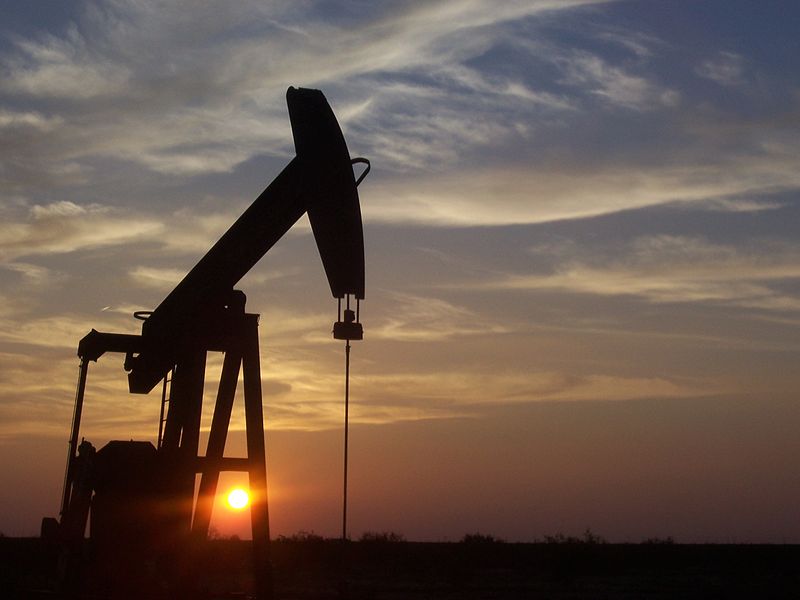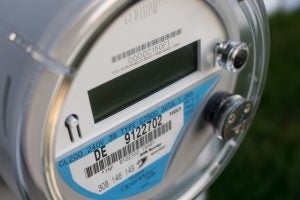This post originally appeared in the Midland Reporter Telegram.
 Nowhere is the current energy boom more apparent than in Midland, Texas. But with this dramatic growth in oil and gas also comes a growing amount of wastewater. Texas oil and gas companies alone produce over 300 billion gallons of wastewater a year, twice as much as any other state, and that volume is expected to increase. This is no ordinary water. In addition to the chemicals used in the hydraulic fracturing process, it can contain radioactive materials and a number of naturally occurring pollutants – including high concentrations of salt that can kill plants and ruin soil for decades if not handled properly.
Nowhere is the current energy boom more apparent than in Midland, Texas. But with this dramatic growth in oil and gas also comes a growing amount of wastewater. Texas oil and gas companies alone produce over 300 billion gallons of wastewater a year, twice as much as any other state, and that volume is expected to increase. This is no ordinary water. In addition to the chemicals used in the hydraulic fracturing process, it can contain radioactive materials and a number of naturally occurring pollutants – including high concentrations of salt that can kill plants and ruin soil for decades if not handled properly.
Most of the time, companies dispose of wastewater by reinjecting it deep underground. This is a cost-effective and largely environmentally sound solution. However, there is growing concern that this option may be less available or more costly in coming years due to a range of challenges from earthquakes to capacity. This, paired with growing demands for water, particularly in drought-stricken regions, is driving companies and policymakers to look at new options for disposing or reusing industry’s wastewater.
These newer options – while promising – are not without their own sets of risks. Read More














